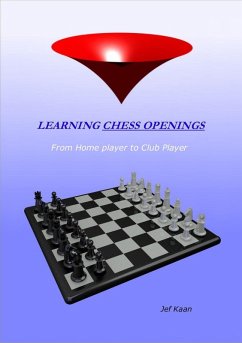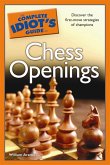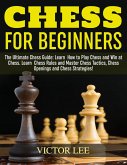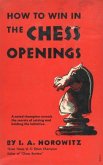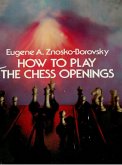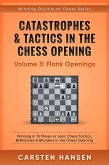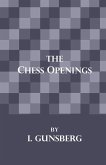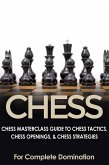Contents: in the 'royal game' of chess, an understanding of all the phases of the game, namely opening, middle game, and endgame, is important.
While the importance of the opening phase often is overestimated by beginners, at higher levels it can make the difference between a win and a loss.
Second major edition, 2.06 (some important gambit corrections) Dec 2024 , based on analysis with the latest top neural network (Nnue) engines (Stockfish 17 etc). All variations brought up to date with an proprietary, computer generated opening database of more than three million positions.
In this book the beginner is given some general guidelines, after which the intermediate player is guided through the labyrinth of the many different opening variations. Finally the more advanced, chess 'club' players are shown how to develop a specialized opening set of opening variations, which is called a chess opening 'repertoire'. With such a 'repertoire', the number of options during the opening phase is considerably reduced; another advantage is that gradually the understanding and in-depth knowledge of the preferred opening lines -and thereby the overall playing strength- is increased. And by reducing the amount of time required to study openings, one can allocate relatively more time to the study of other elements in chess, such as tactics (!), positional understanding and the endgame. Several opening repertoire choices, improved with top computer programs are given, both for intermediate and advanced players (with 1.e4 resp 1.d4) which offers the advantage of recognizing that you only have to study your own 'pet' lines. For more advanced players, 1.d4 is added for White as a positional repertoire and the French defense against 1.e4. In addition some promising sharp gambits for White with 1.e4 are listed in a separate chapter. Some improvements in modern chess opening theory ('novelties') are given to illustrate this choice. As result the book now is timeless reference guide, the only opening book a chess player will need until about IM level. A 'must' for every serious student of the game.
Author: ICCF correspondence chess master (CCM) J.E.F. Kaan, has experience of more than twenty years in computer chess and opening-'book' preparation. Comments on the content were given by IM E.Kislik, and the book was edited by IM A. Battey and J.Keating (professional editor).
Dieser Download kann aus rechtlichen Gründen nur mit Rechnungsadresse in A, B, CY, CZ, D, DK, EW, E, FIN, F, GR, H, IRL, I, LT, L, LR, M, NL, PL, P, R, S, SLO, SK ausgeliefert werden.

